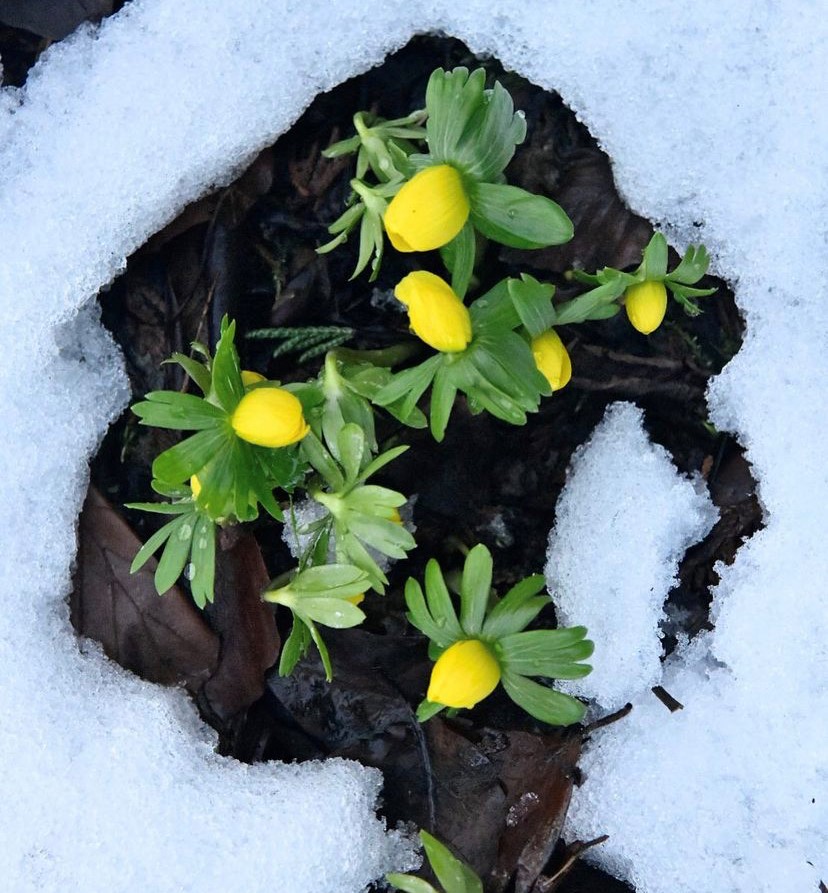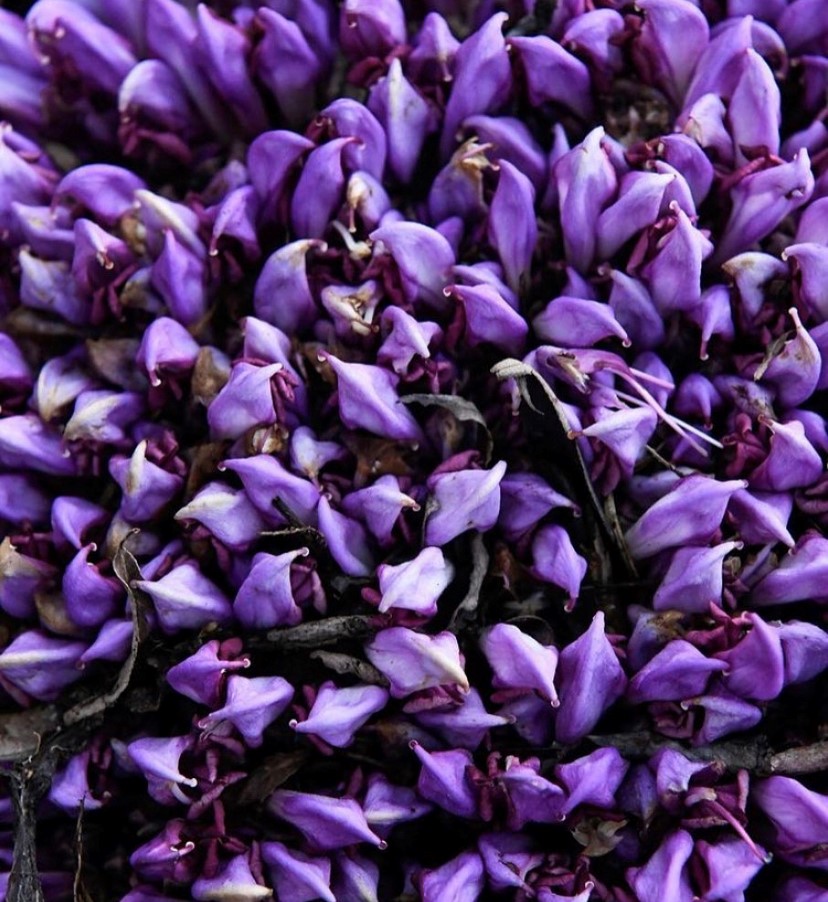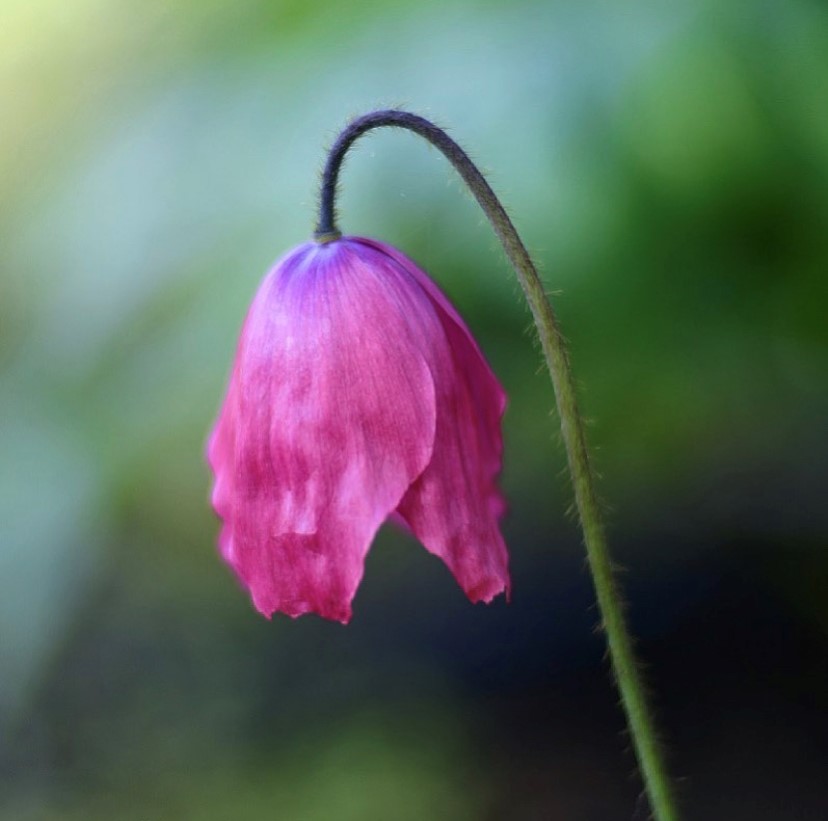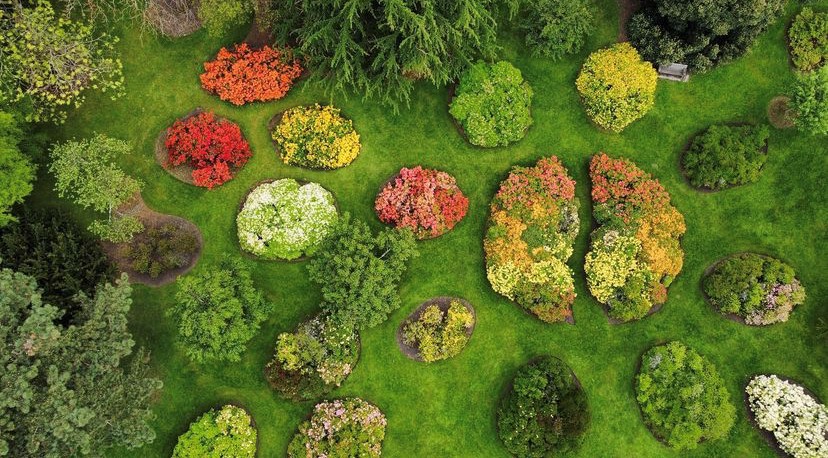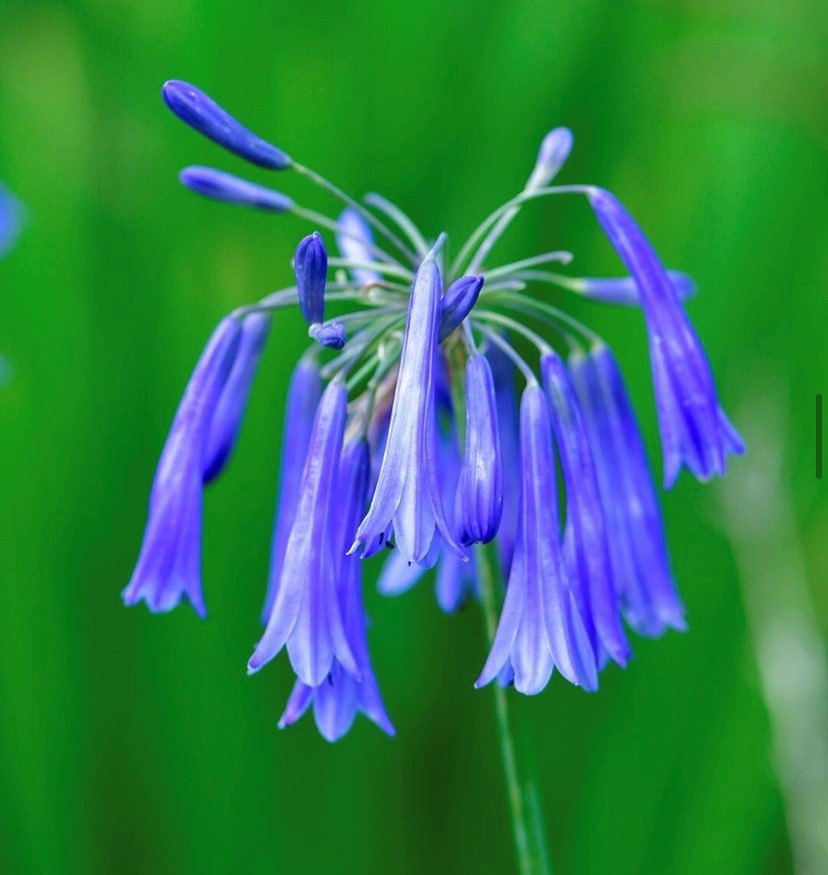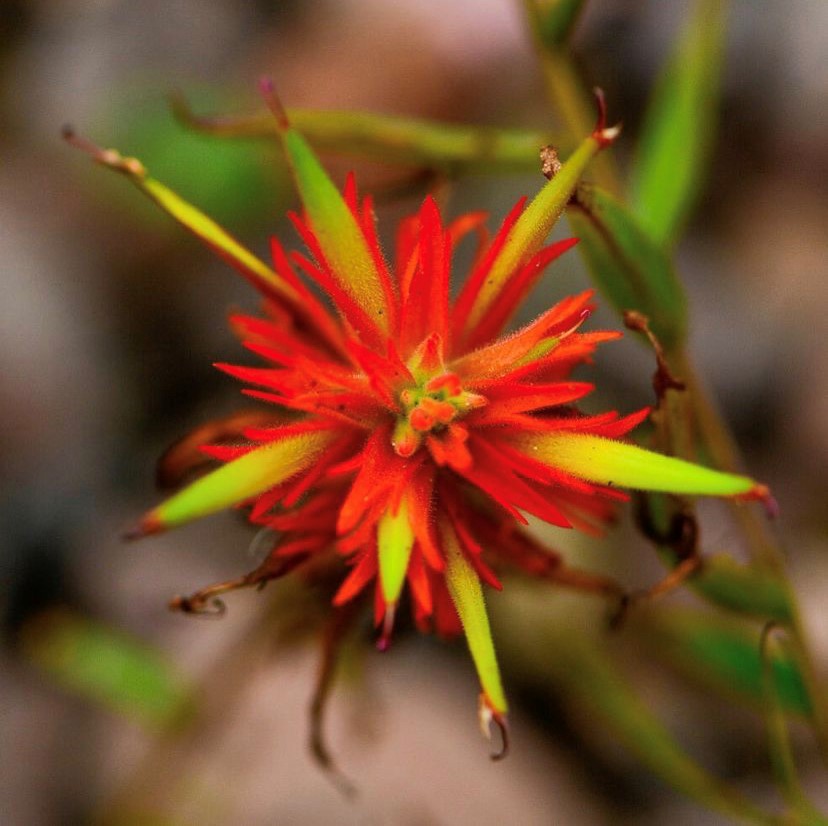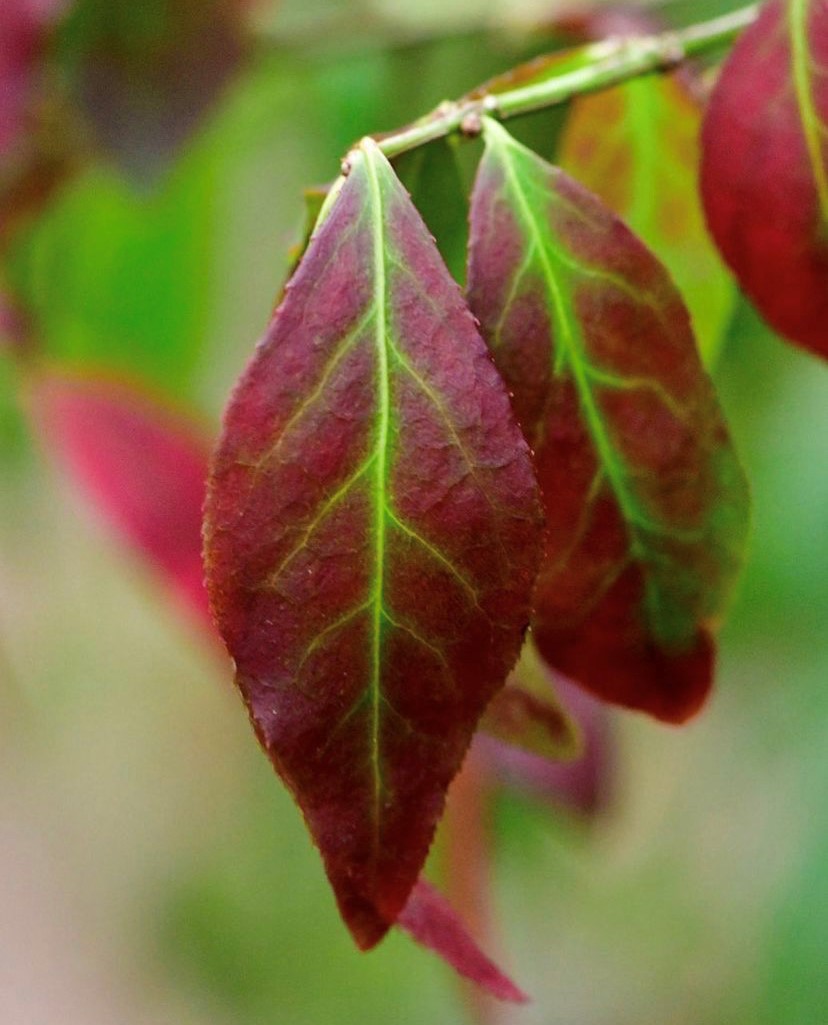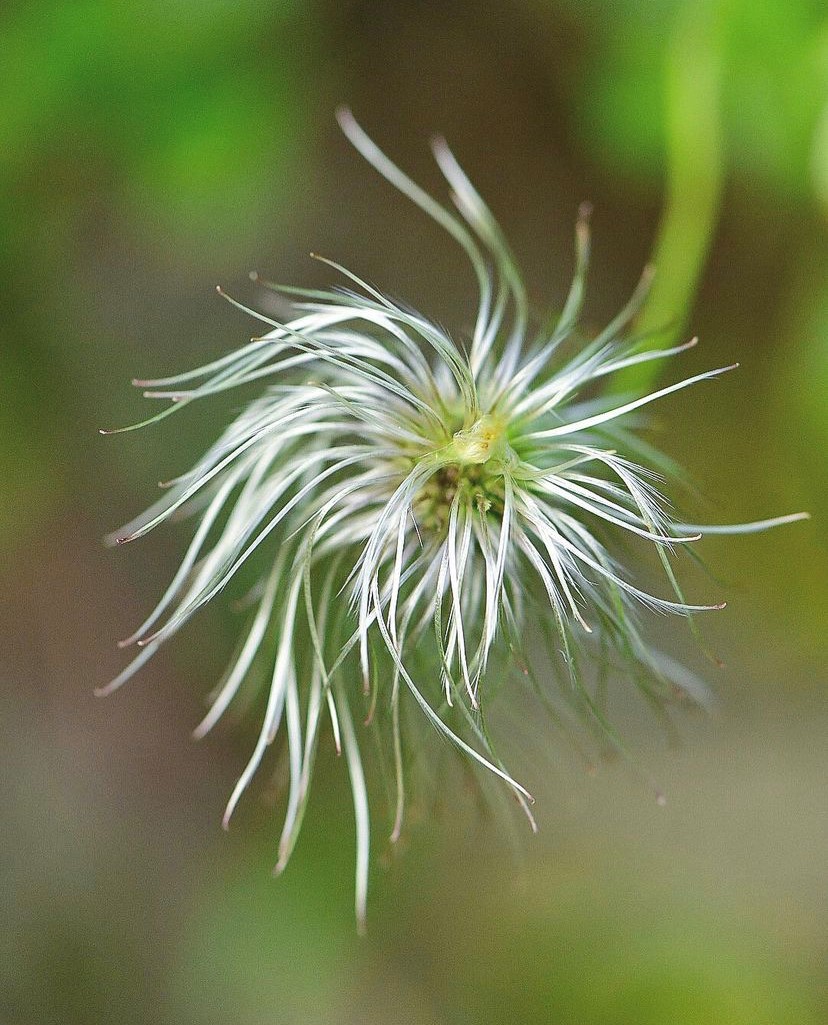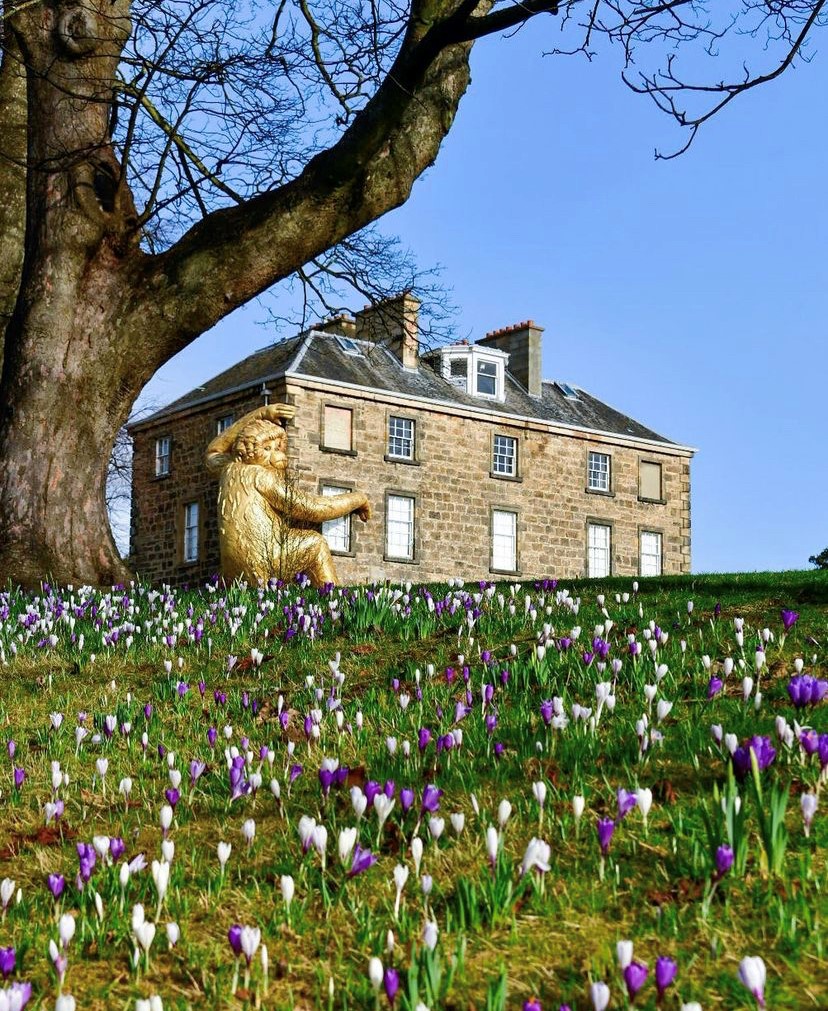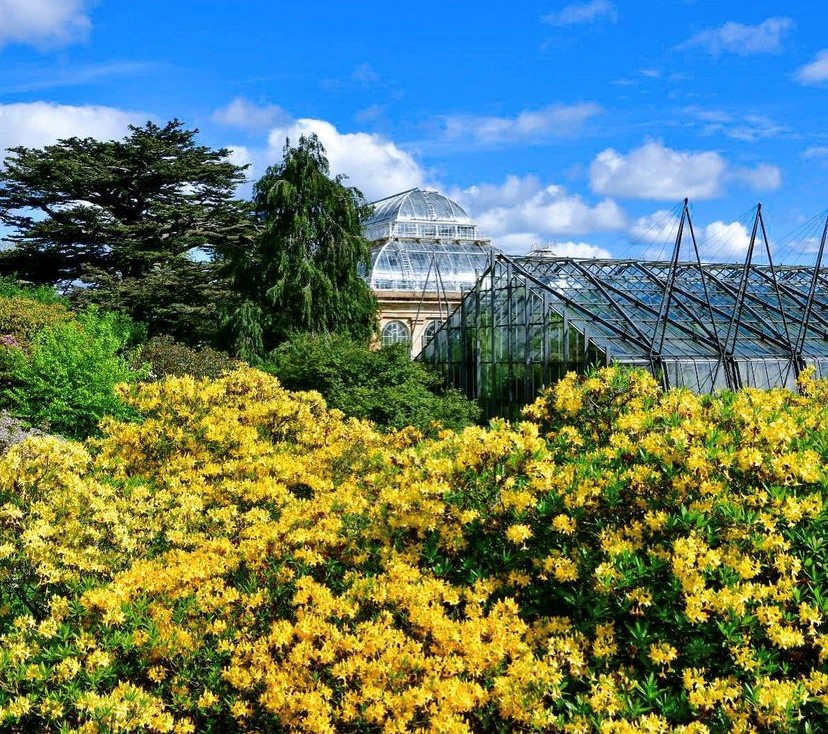
It has certainly been another challenging year for everyone working at The Royal Botanic Garden Edinburgh. However, one positive out of the pandemic is the growing appreciation for our gardens and being out in nature. There is always a ‘plant of interest’ for every month of the year growing in the Living Collection at the Royal Botanic Garden Edinburgh. Kirsty Wilson, Herbaceous Supervisor, keen photographer and botanical drone pilot, highlights her favourites from over the past twelve months.
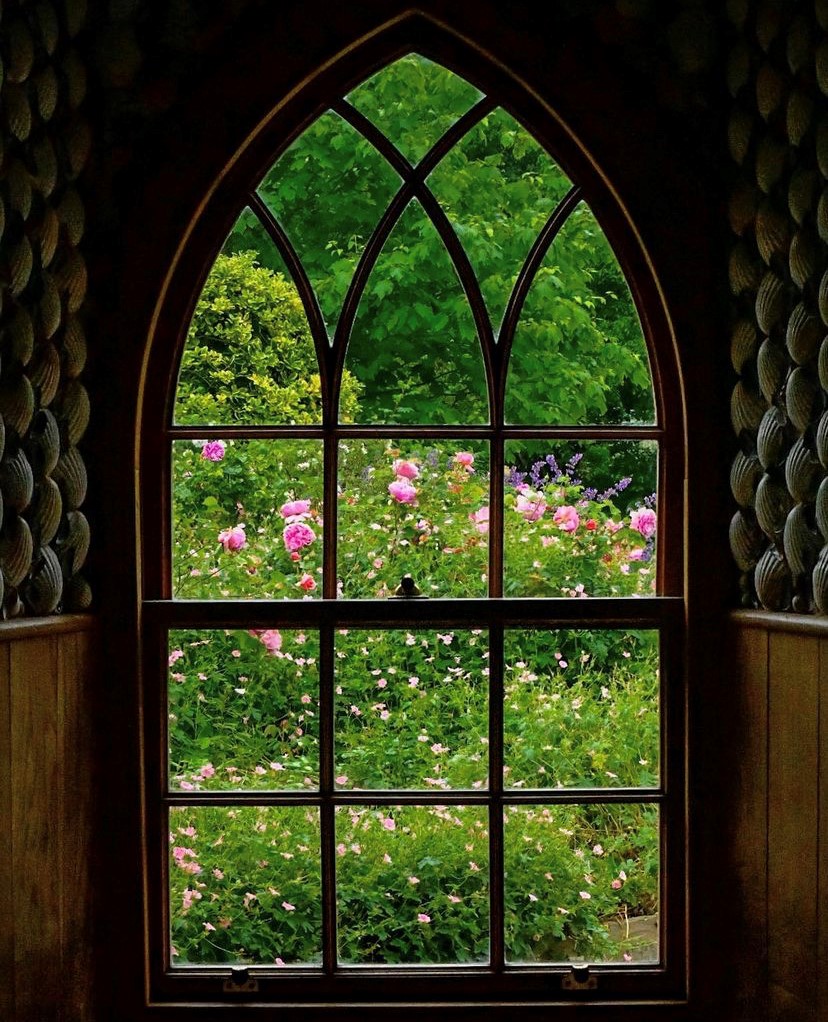
January
No winter lasts forever. Here we see Eranthis hyemalis starting to emerge through the snow. They are a welcome sight in late winter and are one of the first to flower in the garden. Aconites need soil that does not dry out. This is why they prefer a location that is sunny in winter but shaded in summer. Under deciduous trees is ideal.
February
Purple Toothwort – Lathraea clandestina. This early spring flowering plant is now becoming more common in cultivation as an attractive and unusual garden specimen. The plant grows best in a shaded woodland where the soil does not dry out and where roots of a likely host are found growing.
March
Muscari azureum also known as grape hyacinths are spring flowering bulbs with blue and white flowers that look like tiny bunches of grapes. They are extremely attractive to spring-flying pollinators. For best results grow in moist but well-drained soil in sun or shade.
April
Tulipa orphanidea is a truly beautiful tulip, in the deepest scarlet. Rare and unusual, yet easy and reliable to grow. Found in the southeast Balkans, Bulgaria, Greece, Aegean Islands, Crete and western Turkey. Its habitat includes black pine (Pinus nigra) forests, fields and roadsides, at altitudes up to 1,700 m. Despite the popularity of tulips, recent scientific research reveals their wild ancestors will lose their habitat due to climate change.
May
The beautiful dusky pink drooping flowers of Meconopsis x cookei ‘Old Rose’. A cross between two Meconopsis species, quintuplinervia and punicea. They are also very hungry plants and dislike full scorching sun. In the wild Meconopsis grow in nutrient rich soil which is frequently visited by passing yaks. So the plants will benefit from a mulch each year whether that be leaf mould or composted bark. Mulches can be applied in Spring or Autumn but ensure the crown of the plant is not over mulched and the mulch around the plants is roughly 5cm deep. Here at RBGE we like to feed ours with chicken manure pellets and a leaf mould mulch in March each year.
June
Deciduous Azaleas are popular shrubs producing vibrant spring flowers and autumn colour. The name ‘Azalea’ is used informally to cover several groups of Rhododendron species. This aerial drone image shows the Azalea beds at RBGE. The design of this area displays eight of the original parent species from temperate Asia & North America along with a range of cultivars and hybrids introduced over the last 200 years.
July
A little piece of Provence in Scotland outside our Botanic Cottage. You might mistake this plant for lavender but this is actually Nepeta ‘Six Hills Giant’ also known as catmint. It adds a lovely, soft, floppy, gentle touch to your garden. The grey-green foliage, which is covered all summer in masses of short spikes of lavender-like flowers which attracts lots of bees. Once established, the plant is fairly drought-tolerant. The foliage is very aromatic and, when crushed or bruised, releases a strong lemony scent, hence the popularity of the plant for edging paths. Light, well-drained soil is the key to success. After the first burst of flowers, shear over the growth to get a second crop of leaves and flowers.
August
A Pictorial Meadow is an annual seed mix that provides the simplest method to achieve a gorgeous breath-taking display of flowers with the minimum amount of preparation and after care. It is sown in situ and will grow on average type soils, where it will quickly start distinctive ‘waves’ of colour right up to the first frosts. This flowering display also provides a rich nectar source for pollinators.
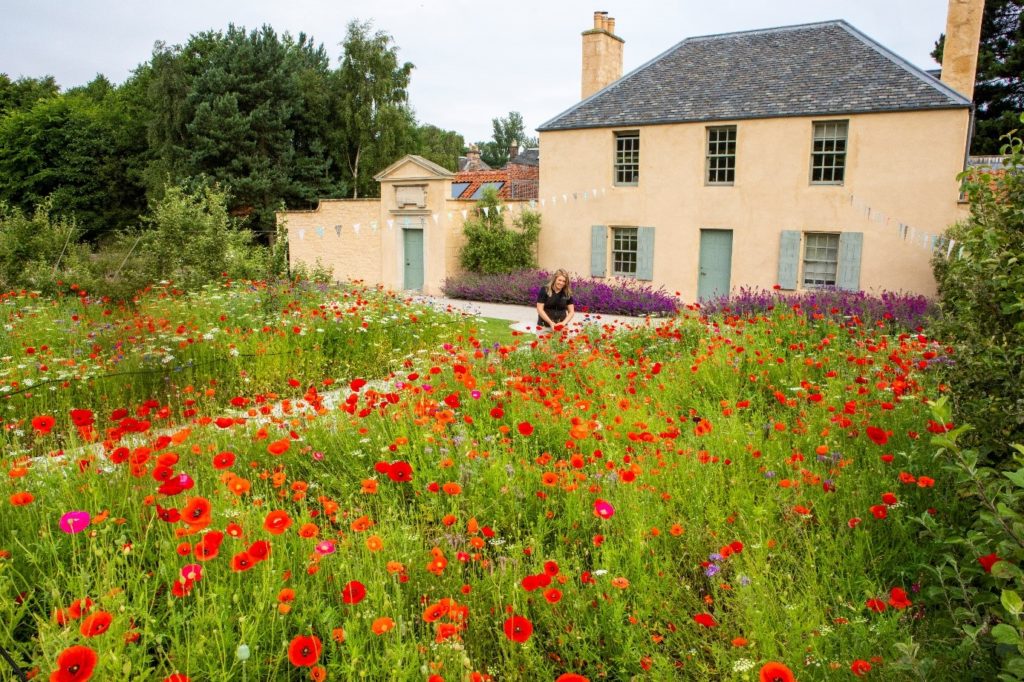
September
The light blue pendant flowers of Agapanthus inapertus ssp. hollandii. Agapanthus make excellent subjects for pots but can also be planted in the border where they will be just as happy. They prefer moist well drained fertile soil in full sun. Native to Mpumalanga, South Africa.
October
A burst of fire, Castilleja pruinosa, also known by the common name frosted Indian paintbrush. It is native to California and Oregon, where it grows in dry, open, rocky serpentine areas or edges of forest at mid to high elevations.
November
Autumn colours are beautiful at this time of year. This is Euonymus alatus a compact, dense, bushy, deciduous shrub or small tree with dark green leaves turning brilliant shades of red in autumn. A perfect specimen plant for a well-drained shrub border or woodland edge.
December
Clematis ‘Bill MacKenzie’ is a charming climber with yellow nodding flowers and wispy seed heads. This means it looks good most of the year in your garden. Thrives best in sunny or lightly shaded locations. It’s fully hardy and quite low maintenance, tolerates dry poor soil, but will perform badly in wet soil, so good drainage is essential. No special pruning is needed, but you can cut it back hard if you need to keep it in check. From a practical point of view this is best done somewhere around the end of March and the beginning of April, and the plant should be cut 10-30 cm from the ground.
The pandemic may have facilitated interactions with nature that are reawakening a sense of responsibility to care for it. Try to take a moment to step back from your busy lives and appreciate the beauty of the natural world by visiting RBGE or any of our regional gardens next year. I’m really looking forward to the promise of spring and over 20,300 new spring bulbs that have been planted this autumn by the herbaceous team. This new appreciation is essential for our future work in protecting biodiversity and tackling climate change for future generations.

